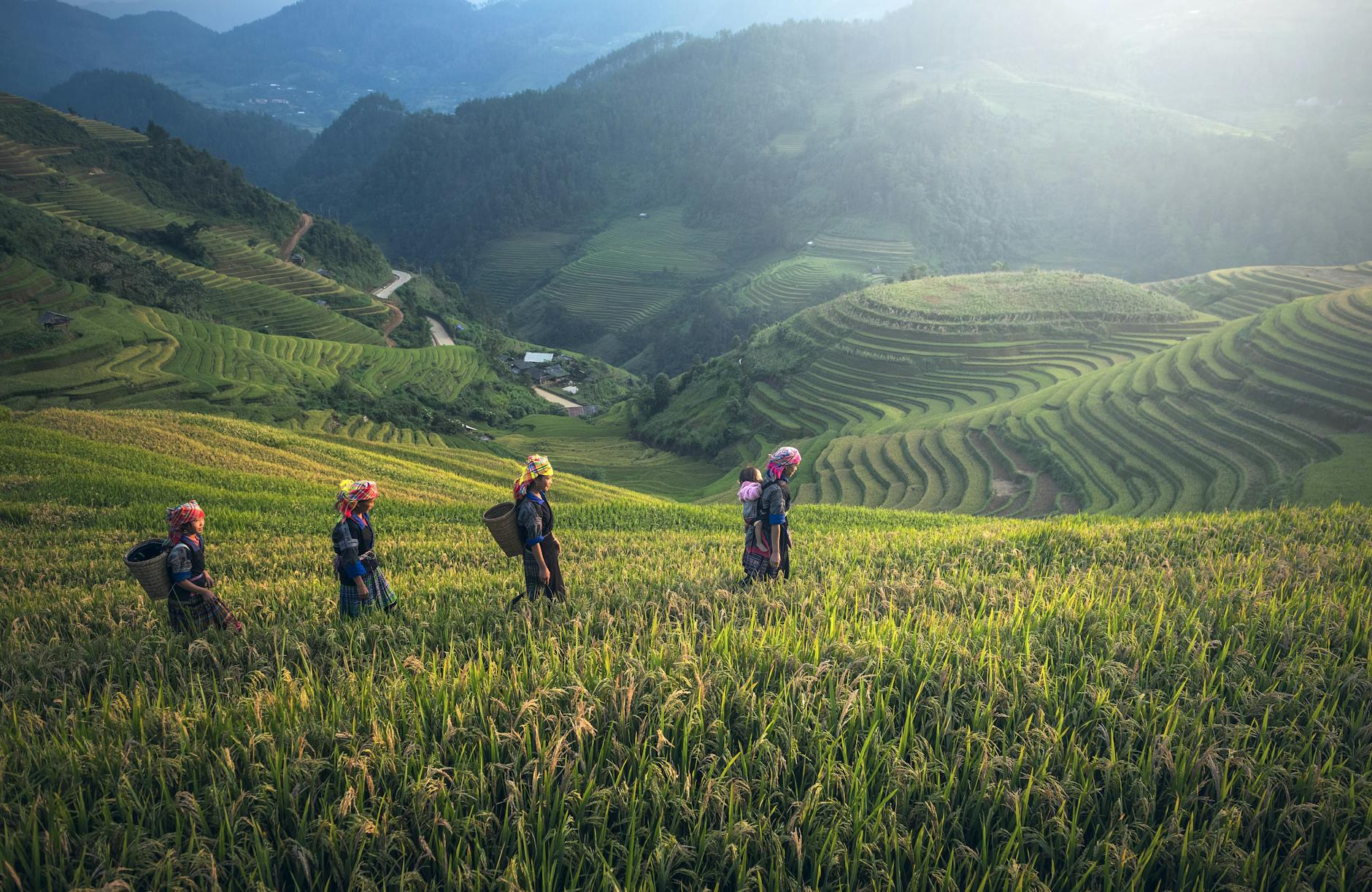
In 2017, the Philippines continued on the momentum that has been building up in the past several years. Boasting of improved performance and governance, the Asian Development Bank revised expectations that the country will close the year with 6.7% GDP growth. Citing healthy consumption, increasing investments coupled with sound economic policies, the country is seen to be on track of hitting a growth range of 6.5-7.5% GDP growth well into 2018.
In a recent interview with DA Secretary Emmanuel “Manny” Pinol, he mentioned that Philippine agriculture was still able to grow in the past year despite the hardships and the typhoons that ravaged the industry. Mainly, this was attributed to the end of El Nino weather disturbance, and robust demand from local consumers. According to the University of Asia & the Pacific – Center for Food & Agri Business (UA&P-CFA) estimate, the full-year growth projection should be around 3.5 for the industry.
2018 is expected to experience moderate weather conditions that may prove beneficial for crop growth. According to PAGASA’s weather monitoring, there is a chance that a weak La Nina phenomenon is developing and may bring above normal rainfall that is expected to last until March-April of 2018.
Palay. The crop is expected to see a more moderate growth in 2018 (compared to 2017). Growth is mainly fueled by expansion of harvested area, and modest improvement in yield tons/hectare.
The government is still aiming to be able to attain a target of 4.2 tons/hectare and committed to increase in irrigated harvest areas to 50,000 hectares. Given the support offered by the government, farmers are expected to increase their income through lower cost of production and improved yield quality.
Corn. Planting corn was successful in 2017, posting double digit growth close to 10%. Positive growth is seen to be carried over into 2018 given the weak La Nina that is developing. The government is also looking to develop the country as a potential yellow corn exporter, given the high demand from the ASEAN region. Adding further to demand, the government has also launched the Bigas KaMais program that promotes a rice-corn blend as a food staple around the country.
Challenges to be expected in the coming months would be the low farmgate prices due to overproduction and the entry of feed wheat for livestock. This is the reason PhilMaize has been campaigning for the Philippines to export, even if the country suffers from poor infrastructure necessary for bulk handling.
Sugarcane. The past year saw double digit growth from sugarcane production rise to 27%. Fueled by an abating El Nino weather phenomenon, increase in total land area planted, and government support that encouraged small farmers to focus on sugarcane.
There maybe be a slowdown of the industry in 2018 as the effects of increased taxes on sugary beverages, and continuing decline in sugar prices may deter farmers from planting and encourage other crops. Positively, production is still expected to improve as the industry pushes block farming which was supported by the use of high yielding varieties, and adequate rain water and some irrigation.
Banana. 2017 added moderate growth for the industry. Mainly pushed forward by area expansions and crop shifting from palay in Mindanao. Also sufficient rainfall was very helpful in sustaining this growth. In the coming year, 2018 will likely see the momentum built up in the past year carried over. Better market conditions are expected to help sustain the growth
Coconut. The world demand for coconut has increased exponentially in the past few years. The government road plan to buoy the industry should over see an additional 15 million seeds planted in 2018 that expects to cover at most, 4.4 million hectares of land by 2025. Countrywide production target should fall at around 3 million tons of copra. Recovery is further supported by the end of the dry spell with growth seen at a modest 3%.
Overall, 2018 will see a positive outlook for Philippine agriculture with gainers in palay, corn, sugarcane and banana. Data indicates that, unfortunately, there is very little or no appreciation of less profitable crops, hence the farmer preference to shift planting to profitable and sustainable crops.
The performance of the agriculture industry coupled with the need to feel the millions of Filipinos offer opportunities for agribusiness, the industry is still beset by daunting challenges. Innovations and technology are encouraged to make up for these deficiencies in ensuring that success is achieved.
Fundamentally, the industry as a whole has sufficient exposure to the practices from the best in class such as proper selection of site and suitability of crop varieties, intercropping, appropriate soil management that enhance and protect quality, and efficient use of inputs and fertilizers are but a few that Filipino farmers should take into consideration when they plant for the coming seasons.
Agricultural success, most important, means to feed the Filipino people, but even better is the increased farmer income and improved and uplifted lives of the millions employed in the industry.


